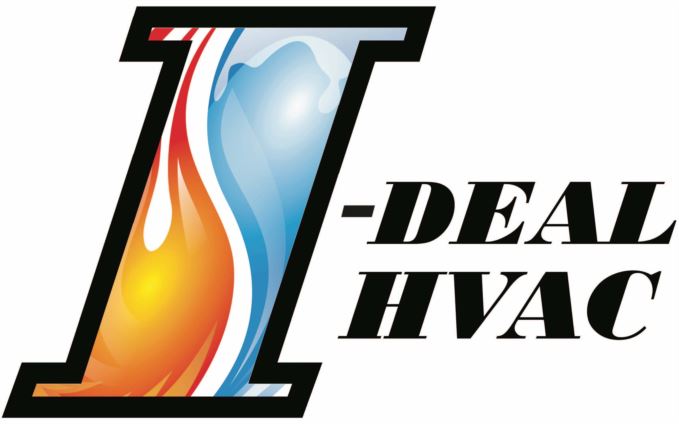
A furnace is often a background player in your home, ensuring you're warm in the cold winter months. It frequently doesn’t get noticed until a malfunction appears.
One cause could be that your furnace has a cracked heat exchanger. It’s a potentially dangerous issue, so it’s critical to learn the evidence of a cracked heat exchanger and what you should do if you are worried that might be the problem.
What Is a Heat Exchanger in a Furnace?
A heat exchanger helps move heat from the combustion chamber inside your furnace to the air that circulates throughout the system. It generally does this with coils or tubes that warm the air while acting as a barrier to keep byproducts produced in the combustion chamber, called flue gasses, from escaping out into your home.
Is a Cracked Heat Exchanger Dangerous?
Because of its key role, it shouldn't come as a surprise that a cracked heat exchanger can be hazardous. A damaged heat exchanger can enable dangerous gasses – including carbon monoxide, which can be lethal – to circulate throughout your home.
For this reason, never turn on your furnace if you think you're dealing with a cracked heat exchanger, as doing so could make the whole household sick. Contact an HVAC professional as soon as possible if you think your heater has a cracked heat exchanger that needs repair.
Four Warning Signs of a Cracked Heat Exchanger:
- Furnace shuts off: A crack in your heat exchanger could cause your furnace to shut off.
- Strange Smells: If the air leaving your furnace has a powerful chemical scent, it could be a sign gasses are slipping through cracks in your heat exchanger. These gasses, which can smell like formaldehyde, are a major warning sign.
- Carbon monoxide alarm goes off or you feel health problems: If a cracked heat exchanger is relieving carbon monoxide in your home, your carbon monoxide alarm should go off or household members could struggle with signs of carbon monoxide poisoning. Complications include headaches, dizziness, weakness, nausea, vomiting or feeling tired. If an alarm goes off or you feel unusually tired, leave the home immediately and then call for help.
- Soot: If you find black sooty buildup on the exterior of your furnace, it’s more evidence something might be seriously wrong.
What You Should Do if the Furnace Heat Exchanger is Cracked
If you worry your furnace has a cracked heat exchanger, hire a pro well versed in furnace installation Albuquerque as soon as possible so they can take a look at your system and, if necessary, perform a furnace heat exchanger replacement. Costs should fluctuate depending on the situation, but estimates run in the neighborhood of $1,000 to $3,000.
Fortunately, the good news is that heat exchangers are regularly included in the warranty. You should confirm the warranty paperwork on your furnace, since while the warranty might not cover the entire cost of repairs, it can significantly reduce your bill.
How to Prevent a Cracked Heat Exchanger in Your Home
One of the best ways to prevent a problem in your furnace overall is with regular furnace maintenance. Furnaces work the best when they run efficiently. Contacting a certified professional to check your furnace for worn-out parts, clogs in the air filters and other potential problems can help you avoid getting a big bill later on.
It’s also beneficial to take a look at your furnace filters every few months – it’s encouraged some filters be changed every 90 days or sooner if they are dirty or grimy. While the filters are not part of the heat exchanger itself, the strain of dragging air through a clogged filter makes your entire furnace work longer to accomplish its job. And the harder your furnace works, the more deterioration components like the heat exchanger will endure.
